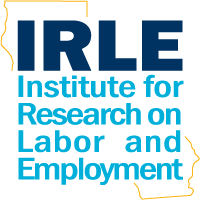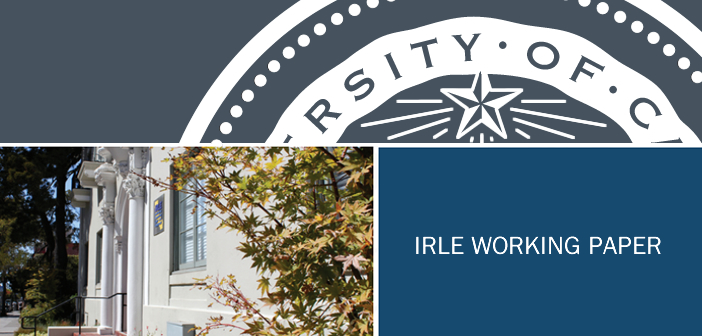Introduction
The workforce is getting older. This is not simply a matter of the workforce aging as the population ages. The relative workforce participation of older Americans has risen steadily over the past decade. The Bureau of Labor Statistics projects that the workforce participation rate of workers in the over-55 age group will continue to increase, pushing back the retirement age. Several factors help explain this phenomenon. Health and education levels have improved among older Americans, enabling them to work longer, with the potential of exploiting higher human capital investments. Also, changes in the nature and degree of health and retirement security have increased the necessity of working longer: a shift from defined benefit to defined contribution plans has transferred risks associated with retirement income from employers to workers, and the costs of health care and health insurance are rising relative to income.
The current economic downturn is likely to only further these trends as older Americans confront dramatic reductions in their anticipated retirement savings. In addition, the age at which individuals are eligible to collect old-age pension benefits under Social Security has increased. Concern about the long-term solvency of Social Security has prompted recommendations to encourage workers to delay retirement further still. Additional work years would increase Social Security revenues, enable older Americans to prolong coverage under employee health plans thus reduce the demands on Medicare, and reduce dependency on Old Age and Survivors’ Insurance benefits.
An increase in the proportion of workers aged 65 and older raises distinctive issues with respect to workplace policies. For example, the desire of many older workers to retire gradually by “phasing” to part-time work before full retirement introduces questions about continuity of health insurance and pension eligibility. Workplace design interventions might enable older workers to work more comfortably, safely, and productively given visual, hearing, and other physical changes with aging that can affect performance. For similar reasons, training and retraining may be necessary to take full advantage of the human resources of older workers who change vocations.
Another concern, and the subject of this article, is the need among older workers for occasional, temporary, work interruptions. As I will elaborate below, older workers have a higher risk of health complications, and as a corollary to this, may need to miss work. If such leaves require a suspension of pay, they can impose economic strain on the workers who take leave and their families. In this chapter, I argue that policies to accommodate the need for income security during temporary work interruptions may be desirable for a number of reasons: first, they might alleviate economic strain on older workers who need time off, as well as similar strains on younger workers who must interrupt work to care for elderly parents. In addition, by responding to a heightened need for flexibility, they have the potential to encourage extended workforce participation by older citizens, which for reasons mentioned earlier, might be desirable as a matter of social policy. Absent such participation, there may be increased pressure on other aspects of the social welfare system, such as old age pensions and long-term disability insurance.
In addition, I examine the political task of generating public support for paid leave. Most who have advocated some kind of wage replacement for workers who need to take leaves to absence due to personal illness or the need to care for ill family members have focused on the needs of working parents with dependent children. Some have addressed elder care, however, these analyses tend to focus on problems faced by adult children, particularly women, who must balance paid employment and caring for their aging parents. Very few have addressed workers who themselves are older, and the economic insecurity associated with work interruption due to their own (or their spouse’s) health needs. I argue that refocusing public discourse in a way that takes a broader range of interests into account may be an important tool for generating public support for paid leave in the short run, and political resiliency in the longer run. I begin by examining the argument in favor of paid leave given the growing needs of an aging workforce, both in terms of the demographic shift currently taking place, and
in terms of the existing public and private infrastructure for supporting workers who need to take temporary leaves of absence from work. I then turn to questions of political feasibility.

